Who Owns Midjourney? 3-Min Quick Guide to its Roots
Midjourney is a groundbreaking platform fueled by artificial intelligence, revolutionizing visual art. It allows users to conjure extraordinary images simply by entering a text prompt, thus opening up a whole new dimension of creativity. So, who's the mastermind behind this avant-garde tool redefining AI-driven art? Let’s take a deep look at the origins of Midjourney.
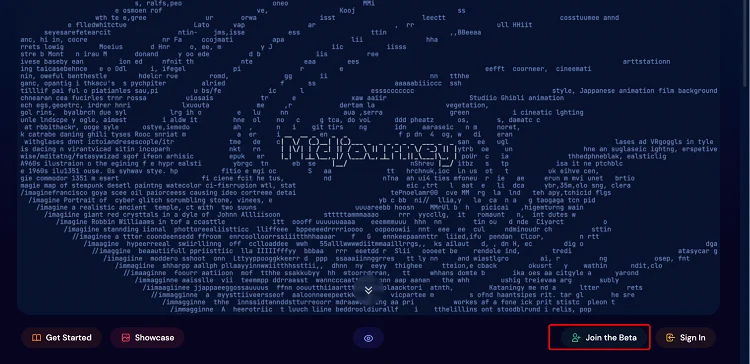
Who Owns Midjourney
Key facts
Founded in 2021 in San Francisco
Created by David Holz, co-founder of Leap Motion
Midjourney, a pioneering software and independent research firm that goes by the same name, was established in San Francisco in 2021 with the ambitious goal of redefining the limits of creative AI. The visionary behind this innovative venture is David Holz, a leading expert in computer vision and artificial intelligence. Before embarking on the Midjourney project, Holz had co-founded Leap Motion, a company at the forefront of gesture control technology.
About David Holz
The Genius Behind Midjourney: David Holz
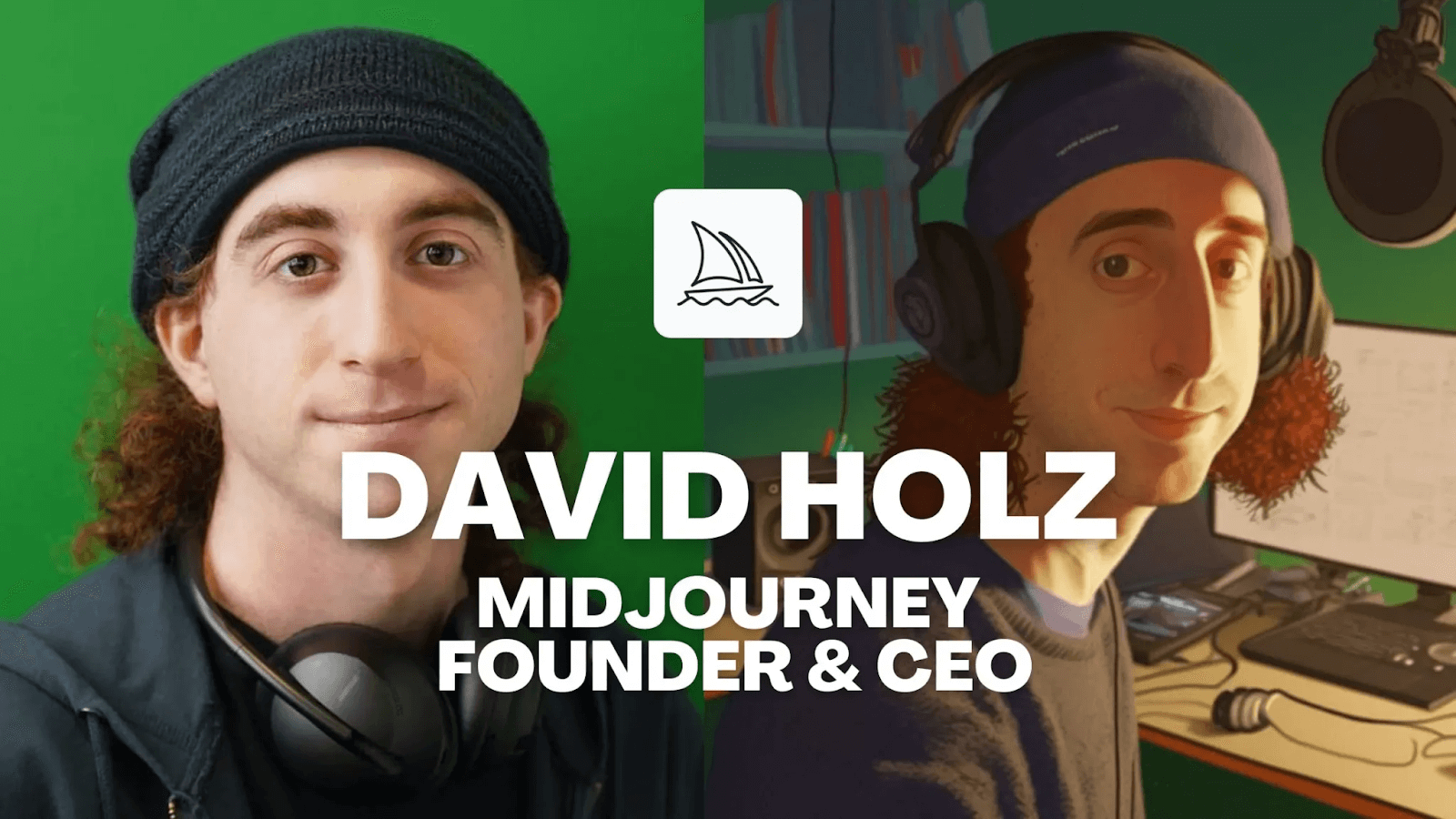
David Holz’s pioneering work was instrumental in developing Midjourney’s groundbreaking AI capabilities. His vision stemmed from a lifelong fascination with exploring the creative potential of computers.
Holz began with a PhD in mathematics, specializing in fluid dynamics simulations. This numerical modeling expertise laid the foundation for his future computer vision and AI work.
In 2008, Holz co-founded Leap Motion, a company developing motion-tracking technology. As CTO, he led the design of Leap Motion’s computer vision algorithms and sensor hardware. This first venture primed him with the experience of bringing an emergent technology to market.
When conceptualizing Midjourney, Holz returned to his academic roots - self-funding the endeavor to maintain creative freedom. He assembled world-class AI researchers to prove his vision that AI could enhance imagination.
Holz continues to shape Midjourney’s ethos that creativity flourishes through collaboration between humans and AI. Midjourney has carved out an exciting new frontier in AI art thanks to his pioneering capabilities.
The Growth of Midjourney
The Journey from Idea to Viral Sensation
Concept Formation:
David Holz conceived Midjourney after years of AI research, solidifying the initial idea in 2019. The primary aim was to create an AI system capable of generating images from textual prompts.
Initial Testing and Launch:
Between 2019 and March 2022, the Midjourney team fed millions of images into their algorithms for extensive testing.
In March 2022, Midjourney debuted on Discord, launching with a small, dedicated community of around 10,000 early adopters. These initial users played a vital role in fine-tuning the AI by contributing high-quality images and experimenting with text prompts.
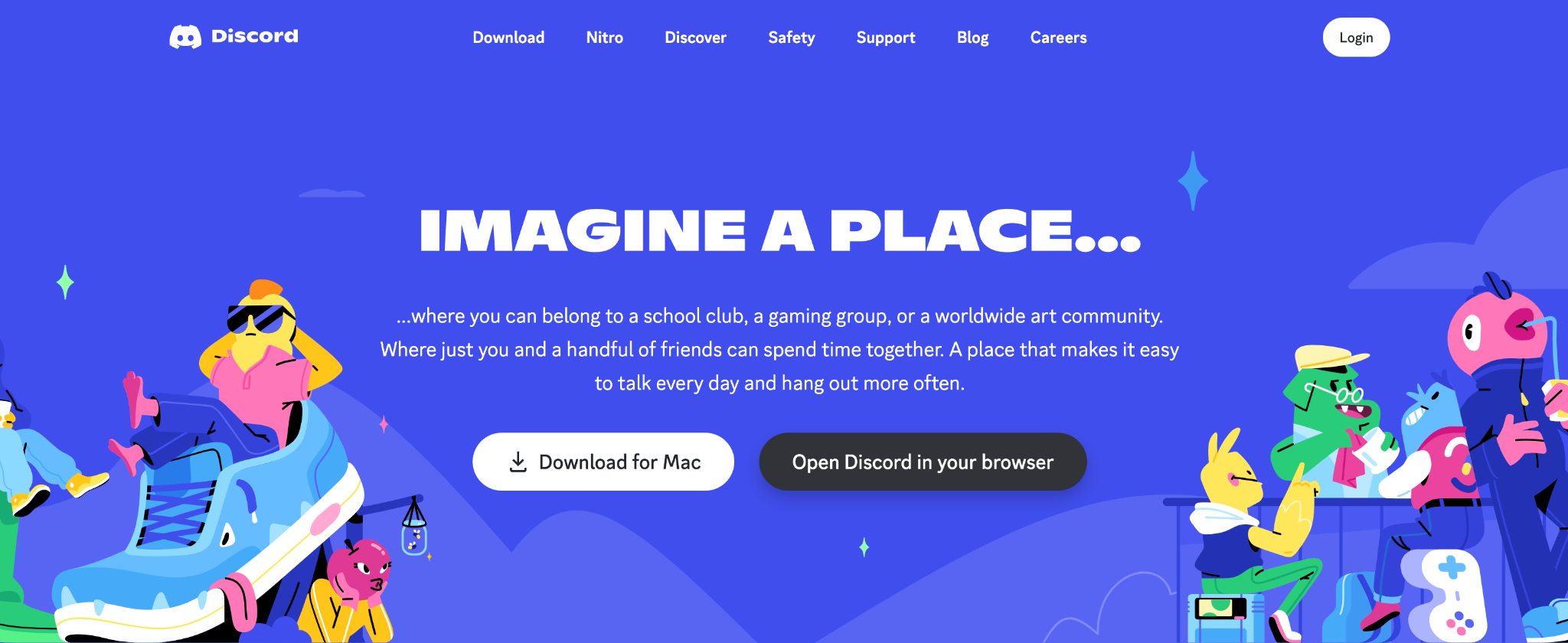
Refinement and Iterative Updates:
In the ensuing months, the Midjourney team concentrated on improving the AI model. The first sets of updates targeted enhancing image quality and resolving complex issues, like rendering hands and faces.
While the initial focus was on refinement, iterative updates aimed to augment creative capabilities and fine-tune intricate details.
Open Beta and Expansion:
In July 2022, the platform transitioned to an open beta, making it accessible to a larger audience.
The influx of new users and their creative contributions significantly accelerated the pace of Midjourney's advancements.
Self-Funding and Growth:
Remarkably, the entire endeavor has been self-funded by Holz, who opted to forgo external investments to maintain creative control.
This bootstrap approach allowed Midjourney the freedom to evolve its technology and community without the pressure of turning an immediate profit.
Viral Impact and Current Standing:
Within just a few months of opening the beta, Midjourney's images exhibited impressive improvements in color, texture, lighting, and composition, captivating audiences globally.
Between August and September 2023, Midjourney experienced significant web traffic, recording an impressive 39.15 million visits during these two months, according to Similarweb.
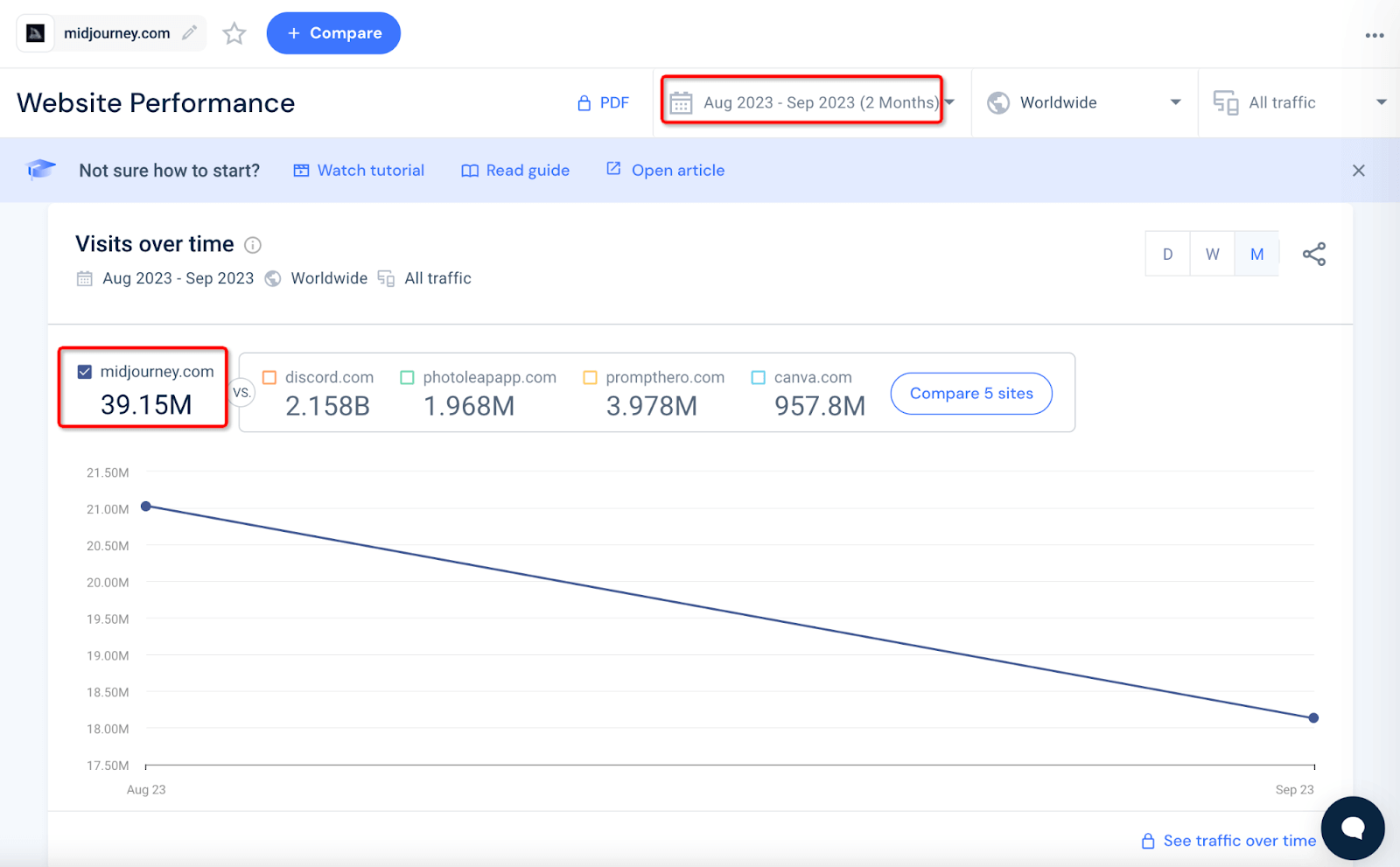
Who Owns Images Generated by Midjourney
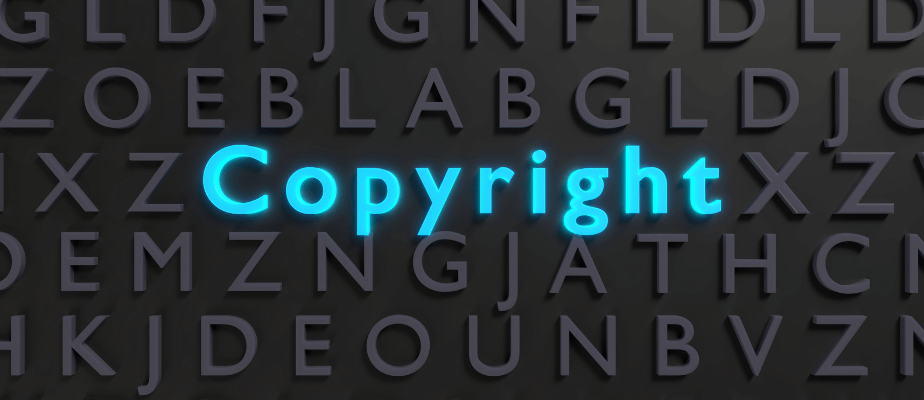
User Rights and Midjourney's Claim
At the surface level, Midjourney affirms that users possess ownership rights to the unique images created via the platform. This allows individuals to share, alter, and integrate these works into the broader Midjourney community. Concurrently, Midjourney maintains perpetual, non-exclusive, worldwide rights, allowing the company to reuse, modify, and sublicense any generated images.
The Copyright Quandary: U.S. Legal Framework
A 2022 decision by the U.S. Copyright Office complicates the matter further by stating that AI-generated art is ineligible for standard copyright protections, as these works lack human authorship. This ruling situates Midjourney images in a legal gray area; users may own their creations but cannot hold exclusive rights.
Implications and Commercialization Challenges
This evolving concept of ownership supports Midjourney's overarching aim to democratize art through collaborative contributions. Yet, it creates hurdles for those wishing to monetize AI-generated art. The limited copyright protections require individuals and businesses to navigate ownership with nuance and a willingness to adapt to an emerging set of creative and legal norms.
FAQs

Who created Midjourney?
David Holz created it in 2021.
Who owns the images created on Midjourney?
Users own the images they generate, but Midjourney retains non-exclusive, perpetual, worldwide rights to use them.
Can I use Midjourney images commercially?
Yes, if you're a paid user, you can use the images for commercial purposes but cannot claim exclusive copyright ownership.
Are Midjourney images copyrighted?
No, they are not eligible for standard copyright protection.
What are the risks of using Midjourney images?
You are violating the terms of use if you're not a paid member and potential copyright issues in specific countries.
Is Midjourney free to use?
Primary access is free but limited; paid plans offer more features and commercial rights.
Will Midjourney replace human artists?
Unlikely, as Midjourney aims to augment human creativity, not replace it. The platform still requires human input.
Is it legal to use Midjourney as a company?
Yes, under a standard commercial license. For companies with annual earnings over $1M, they need to provide a Pro license.
Can I use Midjourney images anywhere without permission?
No, you must adhere to Midjourney's terms of use, which may include content type and usage limitations.
The Bottom Line
Midjourney represents a seismic shift in how we perceive art and creativity. While debates continue around questions of authorship and ownership, the platform has undeniably expanded the horizons of what humans can conjure with the assistance of artificial intelligence. Just as David Holz intended, Midjourney proves that technology, at its best, augments our imagination rather than replaces it.
